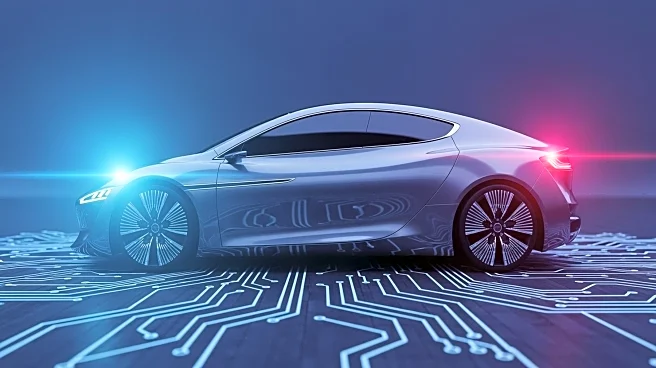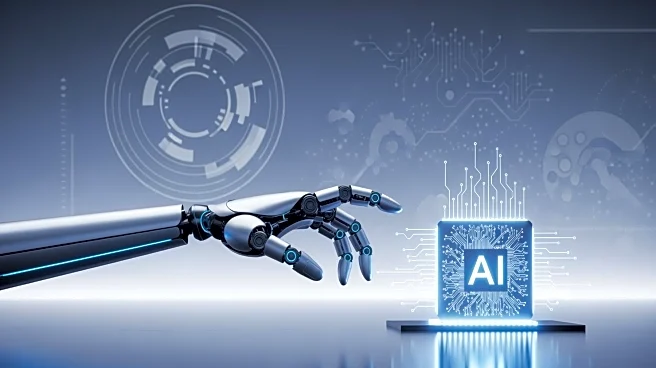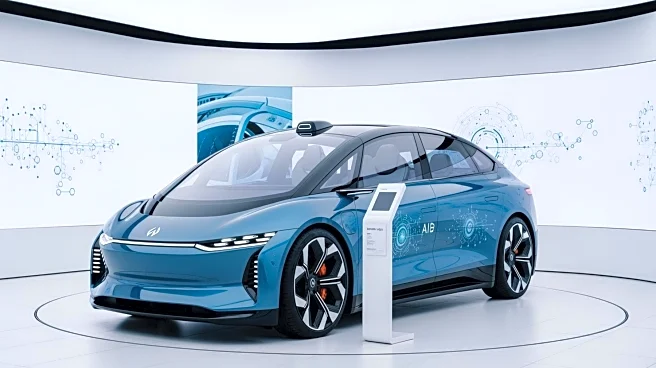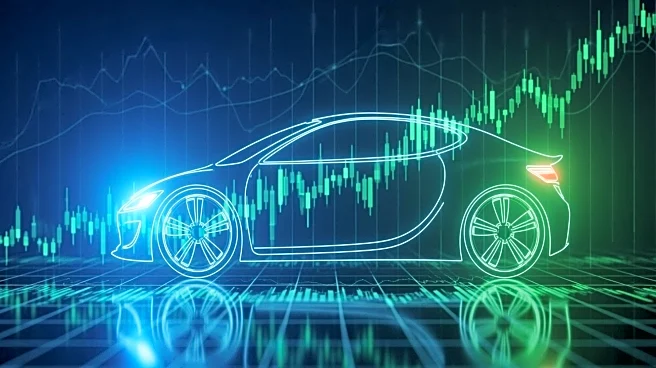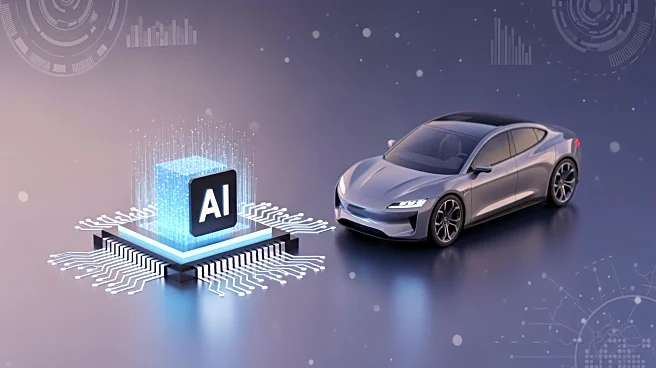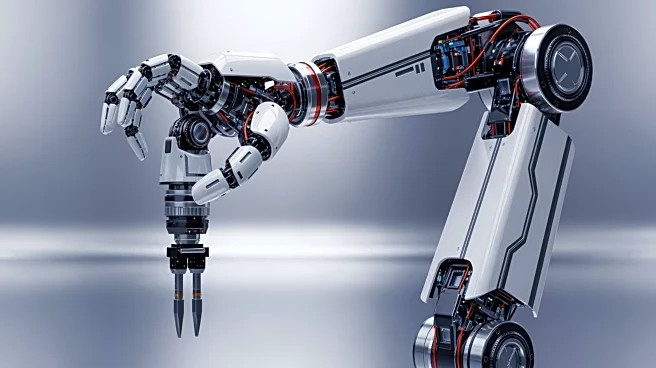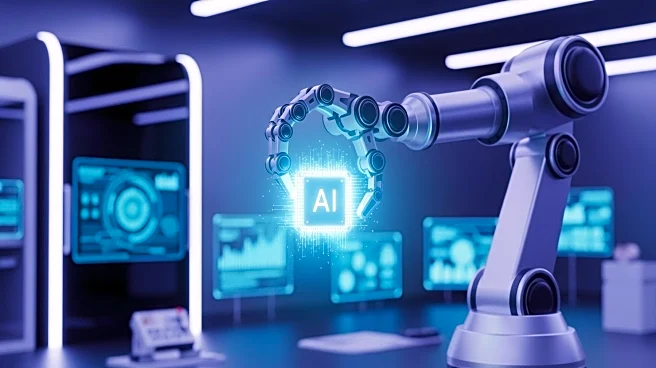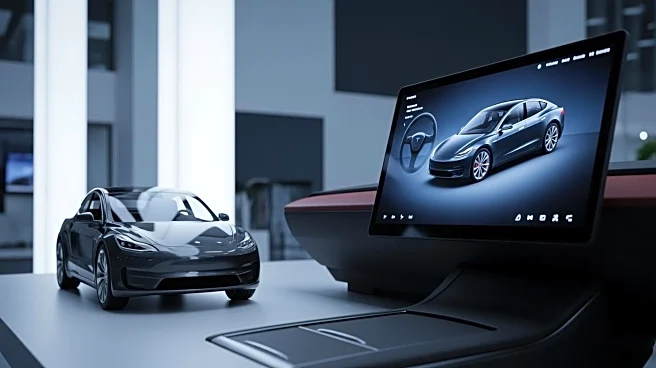What's Happening?
Tesla is set to announce its third-quarter earnings on October 22, with the options market predicting a significant stock movement of approximately 7.25% in either direction. This anticipated volatility
is notably higher than Tesla's historical average post-earnings movement of -1.24%. The heightened expectations are driven by uncertainties surrounding electric vehicle demand and Tesla's pricing strategies. Investors are also keenly awaiting updates on Tesla's Optimus robot business and its full self-driving roadmap, as competition in these areas intensifies. Tesla's stock has seen a 34% increase over the past three months, buoyed by a rebound in vehicle deliveries and investor interest in its AI and robotics initiatives.
Why It's Important?
The potential for a significant stock swing underscores the market's uncertainty regarding Tesla's future performance and strategic direction. A volatile reaction could impact investor sentiment and influence Tesla's stock price, which has already seen substantial gains recently. The company's ability to meet or exceed earnings expectations will be crucial, especially as it navigates challenges such as price cuts, increased input costs, and reduced regulatory credit revenue. Additionally, Tesla's advancements in AI and robotics could mark a pivotal shift in its business model, potentially affecting its competitive position in the rapidly evolving EV market.
What's Next?
Following the earnings report, stakeholders will closely monitor Tesla's guidance and strategic updates, particularly regarding its AI and robotics ventures. Analysts are divided on Tesla's ability to maintain its competitive edge amid growing competition. The company's future stock performance will likely hinge on its ability to address margin concerns and capitalize on its AI transformation era, as suggested by Wedbush analyst Daniel Ives. Investors will also be watching for any developments in Tesla's Robotaxi rollout and Optimus humanoid program.
Beyond the Headlines
Tesla's focus on AI and robotics could have broader implications for the automotive industry, potentially setting new standards for autonomous driving and robotics integration. This shift may influence regulatory policies and consumer expectations, as well as drive innovation across the sector. The company's strategic moves in these areas could redefine its market position and impact its long-term growth trajectory.


